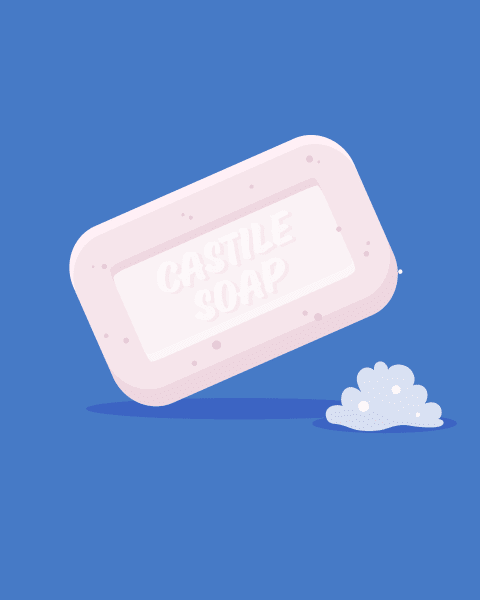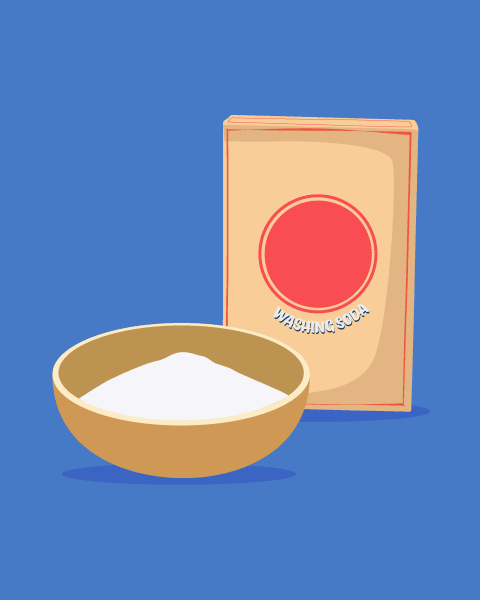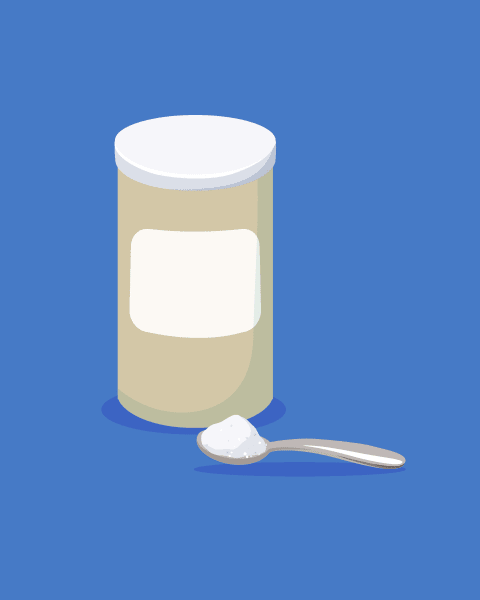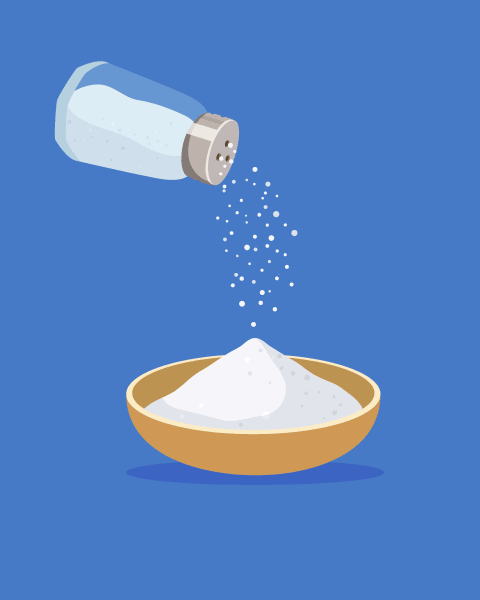Homemade potpourri is another risk-free alternative. “Stuff small cloth drawstring bags with dried lavender and add them to your drawers and linen closet,” Watkins proposes. The finer the detergent, the more evenly it will distribute in the wash—especially in cold water—so do be sure to give it a good blitz! The DIY route also has some environmental merits. If you buy your ingredients in bulk, you can nix plastic packaging altogether. Plus, you can save on unnecessary emissions by making your own product instead of reordering ones that have been sent across the country. Conventional detergent bottles can be heavy and full of water, making them somewhat cumbersome to ship. A review of 39 popular laundry detergent ingredients2 found that certain ones (sodium carboxymethyl cellulose, sodium silicate solution, and perborate tetrahydrate) had potentially toxic effects on aquatic environments in large doses. Making your own blend is one way to ensure that you know exactly what’s going into your wastewater, so you don’t have to worry about inadvertantly harming nearby wildlife. Emma received her B.A. in Environmental Science & Policy with a specialty in environmental communications from Duke University. In addition to penning over 1,000 mbg articles on topics from the water crisis in California to the rise of urban beekeeping, her work has appeared on Grist, Bloomberg News, Bustle, and Forbes. She’s spoken about the intersection of self-care and sustainability on podcasts and live events alongside environmental thought leaders like Marci Zaroff, Gay Browne, and Summer Rayne Oakes.






